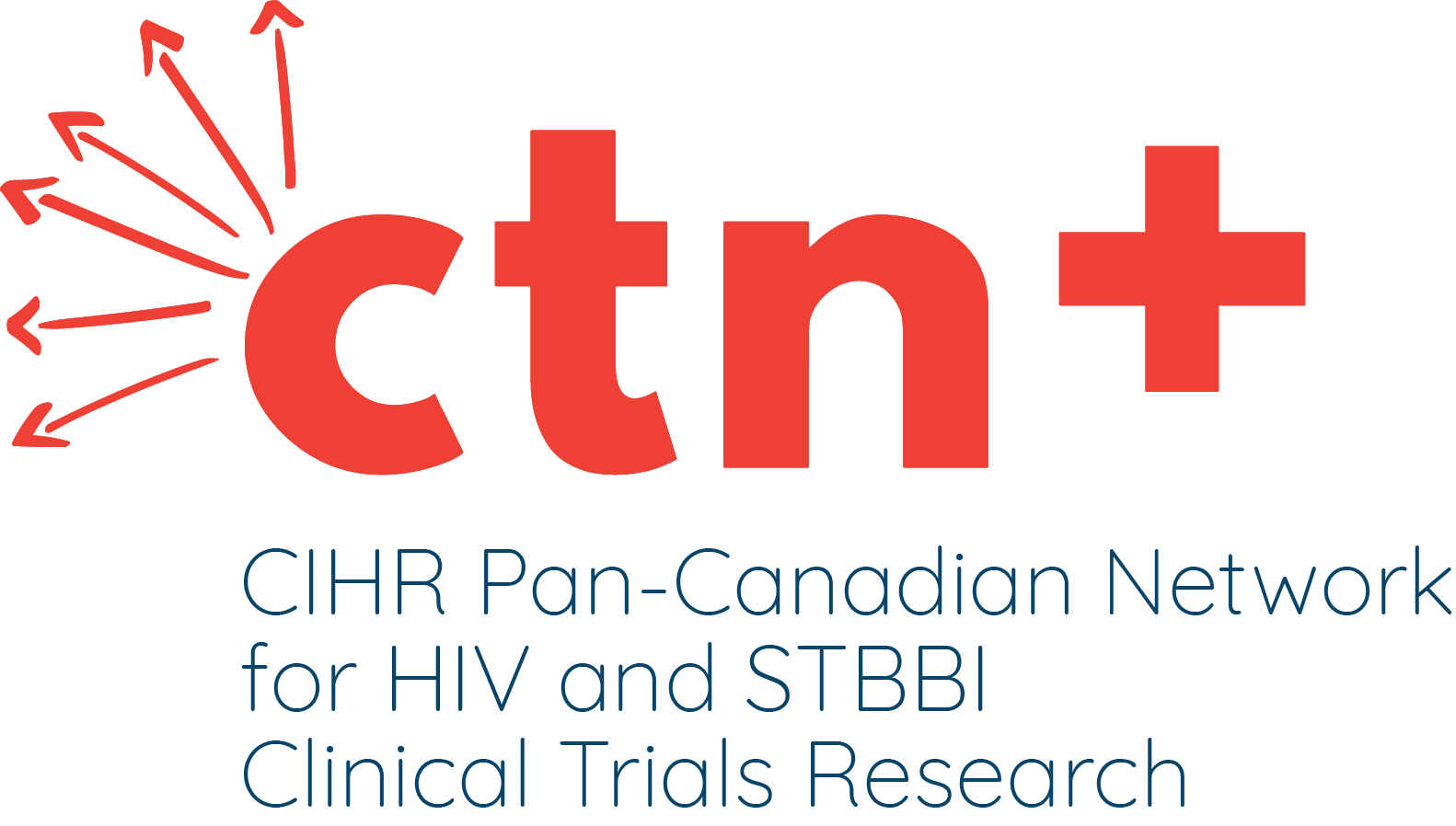About The Study
Compare the antiretroviral activity and tolerability of two regimens containing efavirenz, one with a protease inhibitor (indinavir) and the other with two nucleoside reverse transcriptase inhibitors (zidovudine and lamivudine), with a standard three-drug regimen (indinavir, zidovudine and lamivudine).
Study Approach
- In this open-label study, volunteers were randomly assigned to receive:
- DMP 266 (600 mg once daily) plus indinavir (1,000 mg every eight hours) OR
AZT (300 mg) and 3TC (150 mg) every 12 hours plus indinavir (800 mg every eight hours) OR
DMP 266 (600 mg once daily) plus AZT (300 mg) and 3TC (150 mg) every 12 hours.
Population
Internationally, a total of 450 volunteers who had not previously been treated with lamivudine or any nonnucleoside reverse transcriptase inhibitor or protease inhibitor were enrolled in the study between January and September 1997. The study accepted volunteers who had baseline CD4 cell counts above 50 cells/mm3 and plasma HIV-1 RNA levels of more than 10,000 copies/ml. The baseline characteristics of the participants were similar among the three groups. The mean CD4 cell count was 345 cells/mm3, ranging between 22 and 1234. The viral load mean value was 58,884 copies/ml, ranging between 2,239 and 9,549,926. Most participants had not previously received antiretroviral therapy.
Results
An intent to treat analysis (most conservative) showed that suppression of plasma HIV-1 RNA to undetectable levels was achieved in more participants in the group given efavirenz plus nucleoside reverse transcriptase inhibitors than in the group given indinavir plus nucleoside reverse transcriptase inhibitors (70 percent versus 48 percent). The efficacy of the regimen of efavirenz plus indinavir was similar (53 percent) to that of the regimen of indinavir, zidovudine, and lamivudine. CD4 cell counts increased significantly with all combinations (range of increases: 180 to 201 cells/mm3 ). More volunteers discontinued treatment because of adverse events in the group given indinavir and two nucleoside reverse transcriptase inhibitors than in the group given efavirenz and two nucleoside reverse transcriptase inhibitors (43 percent versus 27 percent).
Conclusions
The combination of efavirenz, zidovudine, and lamivudine as antiretroviral therapy in HIV-1-infected adults has greater antiviral activity and is better tolerated than the combination of indinavir, zidovudine and lamivudine.
Note: These results were taken from an article in The New England Journal of Medicine (N Engl J Med 1999;341:1865-73).
